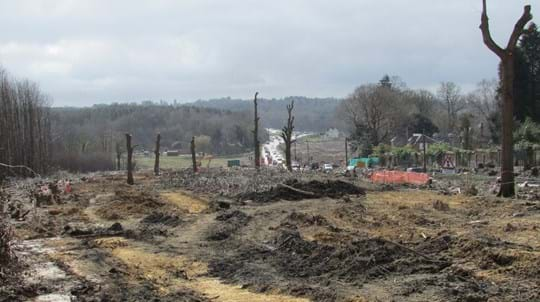
Protecting trees and woods
Threats to woods and trees
Threats to woodland, wildlife and the wider environment are growing. Our trees and woods face a challenging combination of pressures, from humans, pests and diseases.

Citizen science officer - Observatree
When most people think about banks and saving for the future they think of finances. But to ensure our future is as ecologically rich as today, we need to broaden our horizons and consider saving in a different light. Seed banks do just that. Here’s a quick guide to what these important places do and why.
A seed bank is a place where seeds are stored to preserve genetic diversity for the future. They are usually flood, bomb and radiation-proof vaults holding jars of seeds from different plant species.
The seeds are typically kept at low humidity and in cold conditions - around -20°C. This helps to preserve the seeds, ensuring they can still grow when they are needed later.
More than 1,000 seed banks exist around the world, varying in type, size and focus. The largest in the world is the Millennium Seed Bank in Sussex, managed and coordinated by the Royal Botanic Gardens, Kew. It opened in 2000 and holds seeds from almost 40,000 species around the world, including nearly all the UK’s native trees and plants.
the temperature seeds are usually stored at
the number of seeds stored
native tree and shrub species represented
Globally, it's estimated that 40% of plant species are vulnerable to extinction. A seed bank is a form of insurance, a way of maximising the number of plant species we can save from this fate.
This is more essential now than ever before. Plants are under threat from many factors, including:
The rate of their impact is also increasing, leading to an ever-greater risk of an incremental and catastrophic loss. We are potentially losing plants faster than we are discovering them.

Protecting trees and woods
Threats to woodland, wildlife and the wider environment are growing. Our trees and woods face a challenging combination of pressures, from humans, pests and diseases.
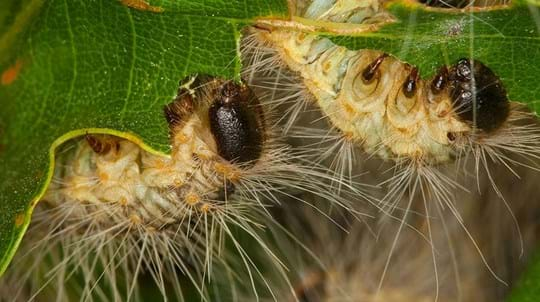
Trees woods and wildlife
Learn more about the pests and diseases threatening our trees. Find out how to spot them, the symptoms and outlook, and how you can help.
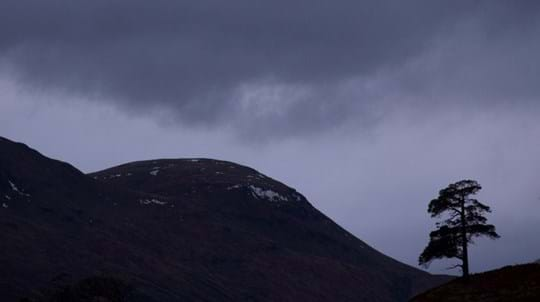
Blog
Nick Atkinson • 24 Apr 2019
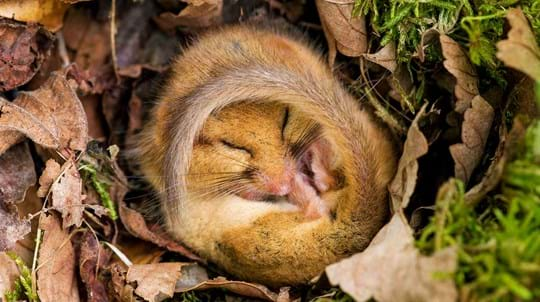
Blog
James Martin • 16 Aug 2018
Experts and volunteers all over the world are out in the field carefully collecting seeds for the banks. Rigorous criteria make sure the best seeds are collected and stored. As well as Kew, many other botanic gardens also have seed banks. It's common practice for each bank to send out a proportion of its valuable seeds to another bank as additional insurance.
In theory, seeds stored in these vaults can remain dormant for hundreds or even thousands of years, depending on the species. Nothing like this has been attempted before though, so these predictions can only be based on models.
There are a few reports and examples of ancient seeds found in pyramids and ancient palaces that have germinated, but data on seed longevity is scarce. Until the first stored seeds reach 1,000 years old, we only have models to rely on. The best prediction suggests that at the very least, seeds will survive for 150 years in vaults – but hopefully much longer.
Seeds stored at the bank may be owned by the collectors or the curators, and the owner will have the final say on the use of the seeds.
Some banks only store seeds related to agricultural crops as insurance against genetic loss in our food varieties. Others only hold seeds from rare species and may be very selective on how these seeds are used. Or they might hold many seeds for various purposes, from restocking populations to research projects and plant breeding programmes.
A good example is the clover glycine (Glycine latrobeana), a rare herb native to Australia. In 2007, around 1,200 seeds were sent to the UK for storage at the Millenium Seed Bank. When bushfires destroyed a major habitat for the small plant in early 2020, the seed bank was able to send 250 seeds back to Australia to help them reestablish in the wild again.
Get an A-Z guide of trees by downloading our free tree ID app for Android and iOS.
Download the app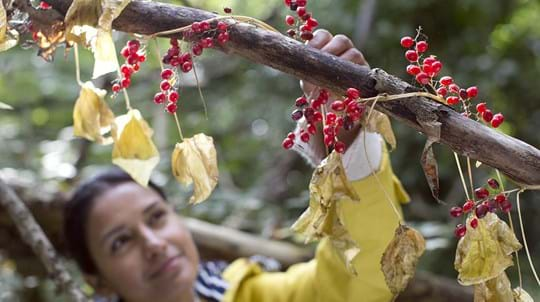
Trees woods and wildlife
All trees have clues and features that can help with identification. You just need to know what to look out for with our quick guide.
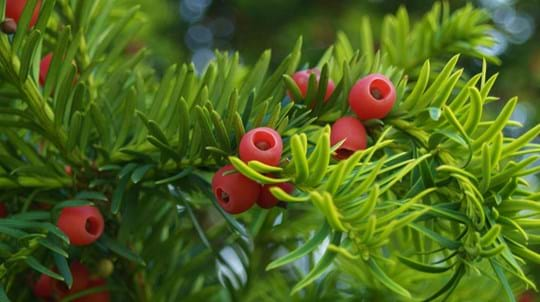
Blog
Charlotte Varela • 30 Sep 2023
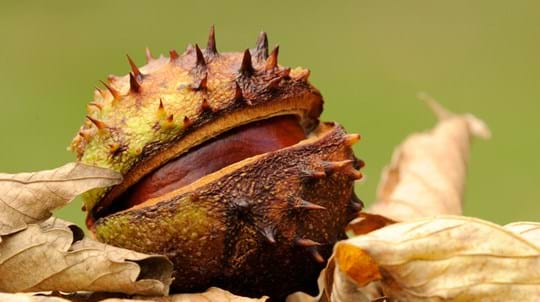
Blog
Amy Lewis • 23 Aug 2019
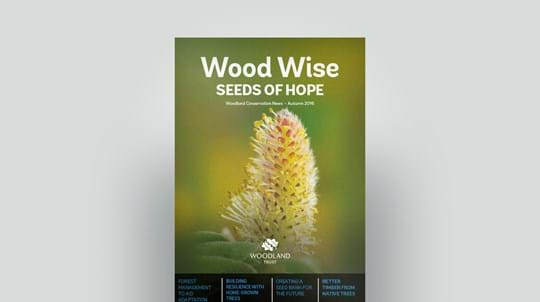
Journal
PDF (1.83 MB)
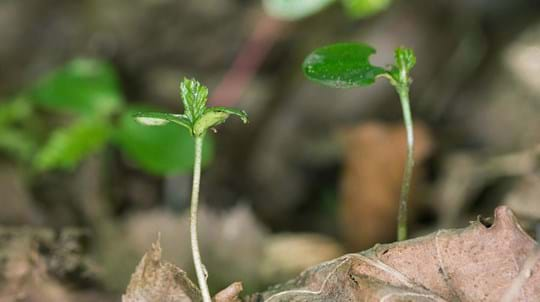
Blog
Sally Bavin • 02 Mar 2021
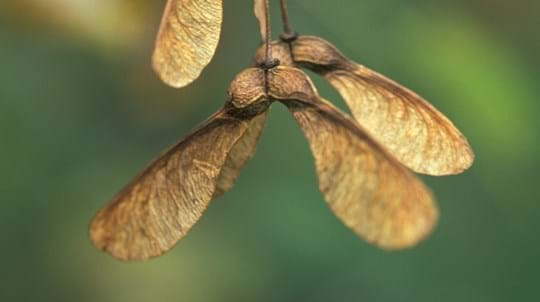
Blog
Charlie Mellor • 29 Aug 2019
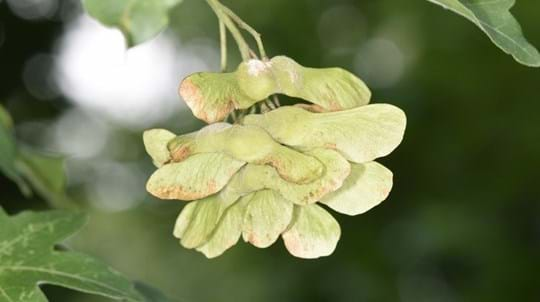
Blog
Charlie Mellor • 30 May 2019